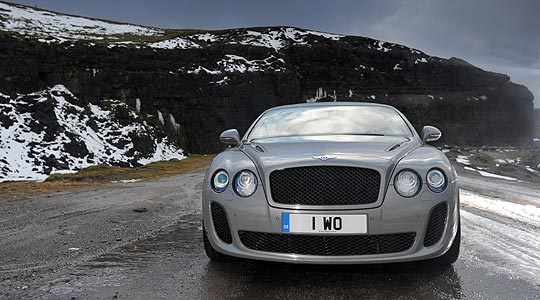I recently attended the 2010 Edmonton Motor Show where I saw the usual wares from the usual manufacturers. None of this was terribly exciting. The Canadian auto show circuit is now withering away, signalling the renewed cyclical scapegoatism that the motor car periodically enjoys. It will be years before the internal combustion engine is de-villified (again) and we are reminded (again) that electricity is merely a means of energy transmission, not itself a means of propulsion. George Santayana is attributed with the following quote: “Those who cannot remember the past are condemned to repeat it”. This is perhaps a dilution of his original, but the meaning is retained. We usually take the quote in reference to international conflicts of armament, but this is too narrow. It was not by accident, by royal decree, nor divine intervention that the internal combustion engine gained popular acceptance in the latter part of the 19th century while the electric horseless carriage floundered. Nor will electric vehicles replace gasoline-engined ones in my lifetime. But I digress, because gasoline-fueled machines are alive and well. For now.
This year, there were various Maranellan and Sant’Agatan showpieces littering the main hall of the 2010 EMS, but the European that was least expected and most edifying wasn’t from the Continent, but from the other side of the Channel: it was the Bentley Continental Supersports. The example in attendance was pearlescent white; not an unusual colour for a Conti, but that didn’t prevent me from experiencing a revelation; an emancipation from my stone-ingrained views of the two-door Phaeton. To my eye, the Continental GT had always violated the boundary into nouveau riche-dom that would have sent the Bentley Boys into subterranean revolutions. Whether it was the car itself or the new haircuts who flocked to it mattered not, I detested the car and looked forward to the day when I would swap the VW badges on my Phaeton for a pair of wings-flanked “B”s, thus reminding Continental drivers of their idiocy. Then I had that smug premonition wiped from mind with one gaze of the ethanol-inhaling car that is the most powerful Bentley ever.

With gaping DLO, blacked-out grilles, predatory stance, and anorexic wheel spokes veiling obese ceramic brakes, the Continental Supersports suddenly made nine kinds of sense. In an albeit irrational manner. With a price tag somewhere in the neighbourhood of CDN$366,000, sense is largely irrational and as subjective as always.
With only two seats swathed in leather and carbon fibre, the interior is leaner and more purposeful than before. The rear seats were always a cruel joke on the cows who gave their lives to make them, but the Supersports solves that with a simple luggage compartment. This is a Bentley in the same vein as the those inter-War Bentleys that were unimaginatively named for their engine displacement. Now I’m not denouncing those Bentleys of yore, they were frequently successful racers, I’m just saying that their naming lacked ingenuity. No matter, because the Continental GT range could not be monikered more aptly, with the Supersports adding a note of nostalgia to that naming convention. For taking a car from Edmonton to Miami, I can think of few others that would best the speed (328 kph top speed), comfort, and panache of the Supersports. Oddly, in a very un-British move, Bentley has seen it fitting to add E85 capability. Perhaps it will appease some ecomentalists, but it is a limp commitment and a detraction from the best automobile that Bentley has produced in a lifetime. The Supersports is such a momentous car that it would be easy to see it as portentous in light of crescendoing social and environmental pressures. That may be true, but this is not the first time that people have claimed that we are in the waning days of the motor car as we know it. The motor car is not a new scapegoat for our financial, climate, or any other mess. An early 20th century joke is at least as relevant a century later as it was when it was first made.
She: ‘It much be fine to be a motorist’.
He: ‘Alas, young lady, many people think it should be fine and imprisonment.’
Those who feel that we are at the end of an era and that we will never again see high-horsepowered artifacts of internal combustion wonderment don’t seem to see the contradiction. An era is not for all time, it is merely an era. The cyclical tides of social and societal effect may neuter cars for a period, but this will come to pass. On the other side is a new era so gloriously unimaginable that we will laugh at those who prognosticated eternal doom. We will likely even laugh at Jeremy Clarkson and his farewall to enlightened motoring.
So for now, the Supersports represents the culmination of four decades of post-Oil Embargo progress. If ever there were a car to close out an era with a bang, this 621 horsepower wallop is it. Don’t worry though, it’s not the end, just the end of an era.
[Photo credits: alratag twice again/Flikr, author]



